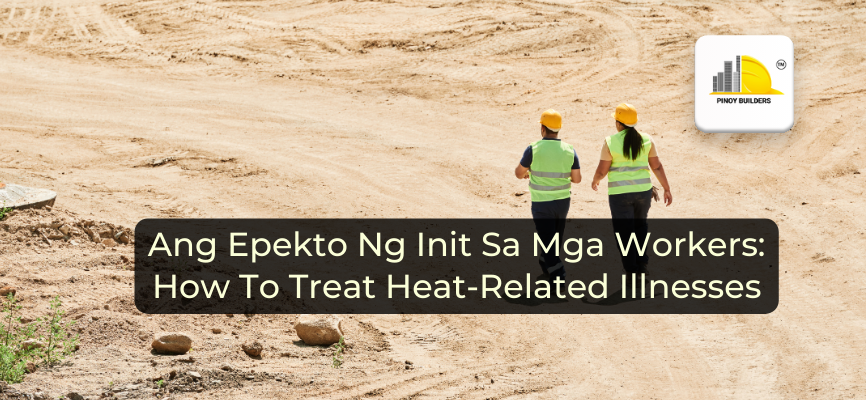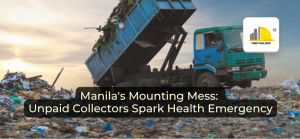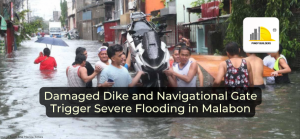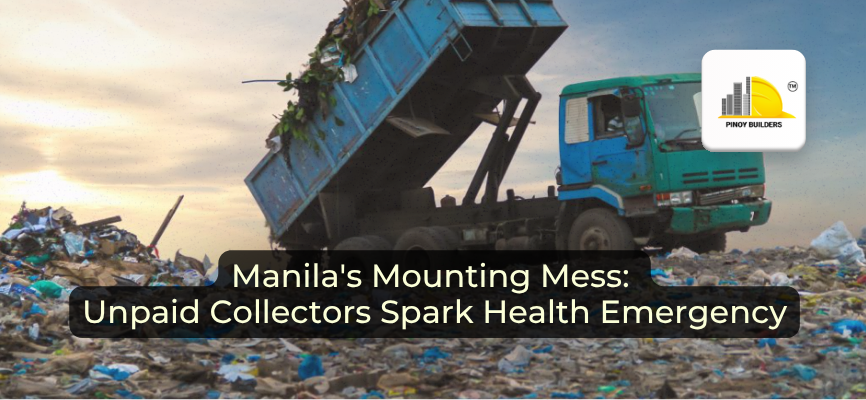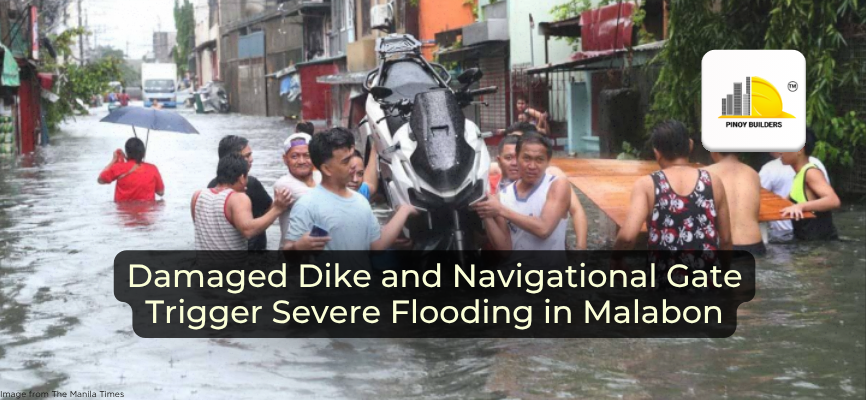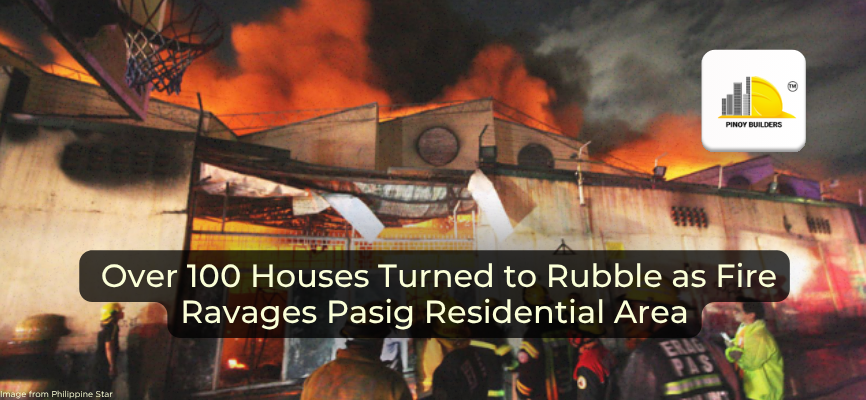The Philippines have been experiencing high temperatures during this year’s summer season, with temperatures reaching beyond 40℃ as shown in this heat index forecast and map by PAGASA.

Many Filipino laborers, especially those who work outdoors and demand high physical labor, are exposed to the direct effects of such intense heat which include heart-related illnesses or HRI.
The Center of Disease Control and Prevention (CDC) has provided the following information which can also be adapted in the Philippine construction industry.
The following are symptoms of heat-stress and HRI along with their respective treatments:
Heat stroke
- Symptoms: High body temperature; confusion; loss of coordination; hot, dry skin or profuse sweating; throbbing headache; and seizures or coma
- Treatment: Move the worker to a cool, shaded area. Cool the worker quickly with a cold water or ice bath if possible. Remove their outer clothing and apply iced bedsheets or cooling packs to their chest, armpits, and groin. Continue cooling the worker unless the worker is shivering.Call emergency medical services for immediate treatment.
Heat exhaustion
- Symptoms:Rapid heart rate; excessive sweating; extreme weakness or fatigue; dizziness; nausea, vomiting; irritability; rapid, shallow breathing; and a slightly elevated body temperature.
- Treatment: Move the worker to rest in a cool area. Loosen their clothing. Encourage them to drink plenty of water or other cool beverages. If facilities are available, allow them to take a cool shower, bath, or sponge bath.
Heat cramps
- Symptoms: Muscle cramps, pain, or spasms in the abdomen, arms or legs.
- Treatment: Have the affected worker stop all activity and sit in a cool place. Encourage them to drink clear juice or a sports beverage, or drink water with food. Avoid salt tablets. Do not allow the worker to engage in strenuous work for a few hours after the cramps subside.

Image by Yancy Lim via PNA.gov.ph.
Having adequate medical personnel and services available on construction sites and work locations exposed to direct high temperatures should be prioritized by all employers. Workers should also be made aware of symptoms and treatments so that conditions may not worsen.


